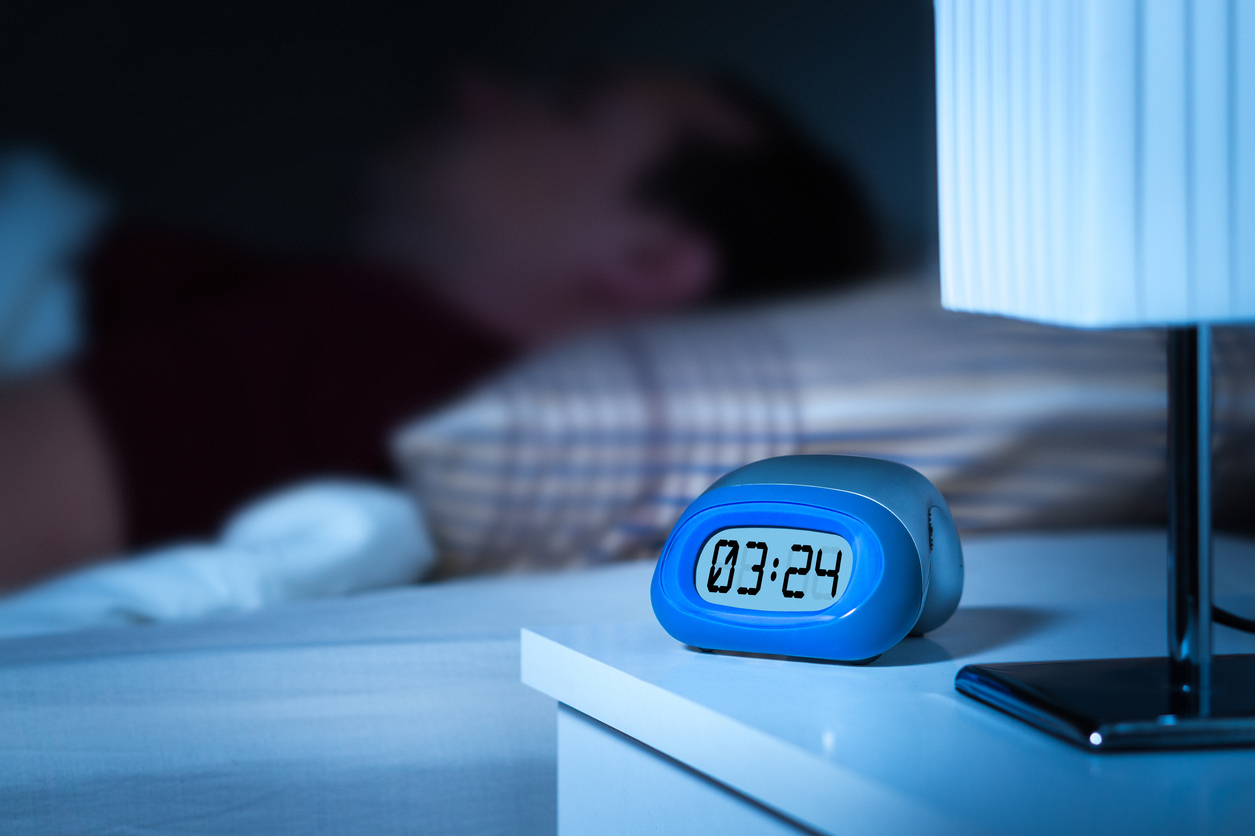
Nearly 4 in 10 Americans—38%—have used telehealth services to meet with a medical or mental health professional, up from 31% in the fall of 2020, an APA-sponsored online survey has found. The survey was conducted between March 26 and April 5 and included 1,000 adults 18 years old and older.
Among survey respondents who reported using telehealth services, 82% used the services since the start of the COVID-19 pandemic; 69% used a video platform, and 38% used only phone calls.
Other key findings of the survey include the following:
- 45% of respondents said that telehealth services can offer the same quality of care as in-person services, up from 40% last year.
- 59% would use telehealth services for mental health care, up from 49% last year.
- 43% want to continue using telehealth services when the pandemic is over.
- 34% prefer using telehealth services rather than an in-person doctor’s office visit, up from 31% last year.
“The quick pivot to providing telehealth services at the start of the pandemic was vital to providing continued access to care, and this poll shows the important potential role for telehealth going forward,” said APA President Vivian Pender, M.D., in a statement. “Telepsychiatry especially helps those facing barriers such as lack of transportation, the inability to take time off work for appointments, or family responsibilities.”
“Continued access to telehealth during and after the pandemic is vital, and the poll indicates increasing public support for it,” said APA CEO and Medical Director Saul Levin, M.D., M.P.A. “As we continue to face the long tail of the pandemic, we have an opportunity to innovate and continue to improve access through telehealth.”
For related information, see the Psychiatric News articles “CMS Lifts Restrictions on Telehealth for Psychiatry, Other Services to Meet COVID-19 Challenge” and “The COVID-19 Pandemic and Virtual Care: The Transformation of Psychiatry.”
(Image: iStock/Drazen Zigic)
APA Members Invited to Apply for Council and Committee Appointments
APA President-elect Rebecca W. Brendel, M.D., J.D., invites APA voting members to indicate their interest in serving on an APA council or committee. Members who are willing to share their expertise and make a significant time commitment to serve APA, the field of psychiatry, and patients are asked to submit their names or nominate a colleague through the online nomination form. Members who represent the varied demographics of APA’s member and patient populations are highly encouraged to apply. The deadline for nominations is Wednesday, September 1.
Don't miss out! To learn about newly posted articles in Psychiatric News, please sign up here.


















